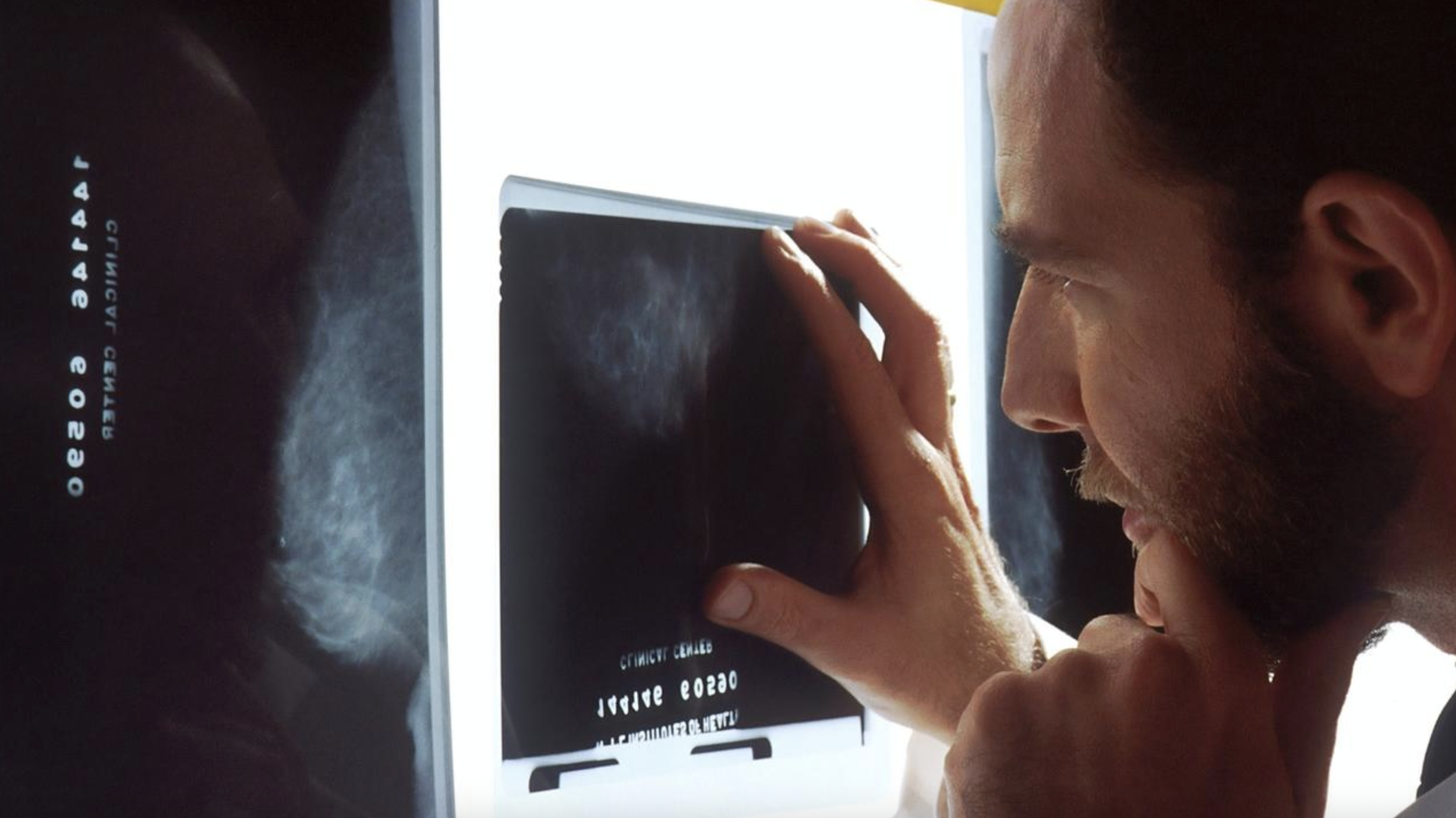Why Do I Have Pain When Nothing Shows Up on My MRI?
Your fascia, otherwise known as connective tissue, is the most abundant tissue in your body. This system is a complex web that ties everything in your body together and gives you your shape and texture.
Here are just a few roles of your fascia:
Keeps your tissue hydrated
Feeds your cells and helps them regenerate
Protects you from impact (shock absorption)
Keeps muscles and joints gliding smoothly and freely
Responsible for your posture and shape
Keeps muscles attached to bones
Keeps bones and organs from touching/rubbing
Acts as a secondary nervous system and communicates messages rapidly throughout your body
Helps your balance, agility, and your perception of the world around you
The list goes on.
Your fascia is the only system that touches all the rest (skeletal, muscular, nervous, circulatory) and therefore can AFFECT the way all of these systems function. It plays a key role in the overall, holistic health of your body.
If fascia becomes tight, dehydrated or unhealthy, it can cause muscle compensations, structural shifts, mobility limitations, and pain.
Why have you not been told about possible issues in your fascia when you went to the doctor for your pain?
Fascia is new science. It has only been studied in detail the last 25 years or so and we are still learning new things about its roles. Many doctors and practitioners are not familiar with the crucial role it plays in pain yet.
Fascia is made up on collagen and elastin fibers which create strength and flexibility in the body. Between those fibers however, is a specialized fluid called Ground Substance (or the Extracellular Matrix). This essential fluid is what creates glide in our joints and muscles, making our fascia like a liquid crystal. Because of how thin and “watery” most fascia is, you usually can’t see it on a MRI, X-ray, or CT scan.
If your results came back negative on one of these scans, that doesn’t mean you have a “mystery” pain or that there is no solution. That solution most likely lies within your fascia.
To complete this thought, check out this video is from Dana Sterling from Sterling Structural Therapy. She gives a great synopsis on what fascia is and a brilliant live demonstration of how fascial restrictions can cause pain and affect movement in your body.

